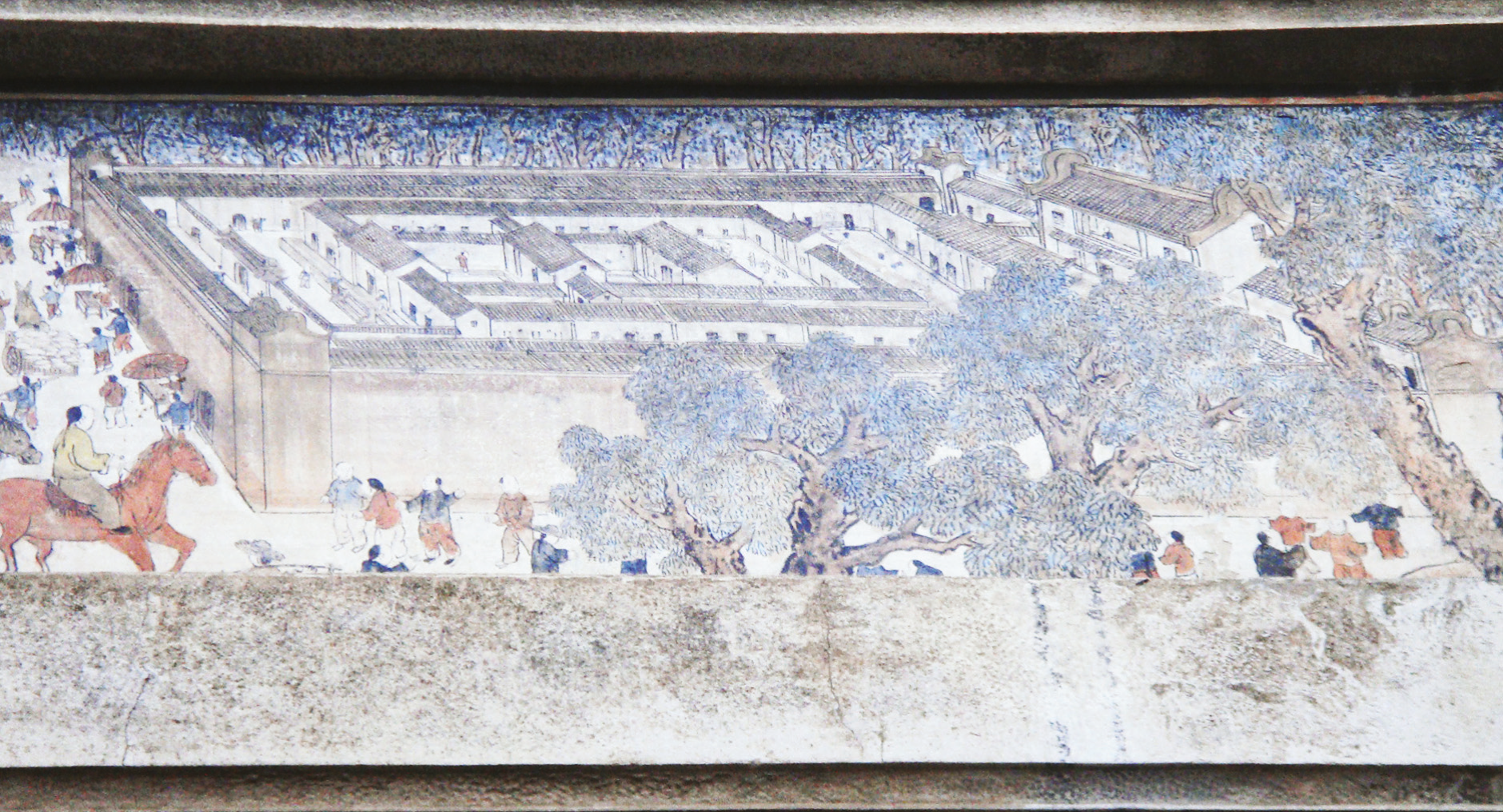Architettura del continuo urbano-rurale in Cina. Insediamenti Hakka nel Guangdong Orientale
Maurizio Meriggi

Abstract
The traditional Chinese settlement consists in the combination of urban cores and urbanized countryside known as the "urban-rural continuum” (W.G. Skinner). If on the urban side of the continuum a great part of urban fabric disappeared in recent decades, what we define as “historical core” according to the common idea we have of it in the Western world, is still appreciable in many Chinese rural areas. This "other" dimension of the traditional Chinese settlement is almost always associated with the idea of "vernacularity". The work presented examines one of the many "vernacular" cultures of the People's Republic of China. Through an investigation into the settlement and architecture of this rural heritage in eastern Guangdong, the structure of the "urban-rural continuum" emerged. Here, the rural side reveals as anything but peripheral but instead an essential complement to the city - like the studies in the historical-social field have long been highlighted.
Meriggi, M. Architettura del continuo urbano-rurale in Cina. Insediamenti Hakka nel Guangdong Orientale. Boves (CN): Arabafenice, 2018. https://www.academia.edu/45668683/Architettura_del_continuo_urbano_rurale_in_Cina_Insediamenti_Hakka_nel_Guangdong_Orientale


